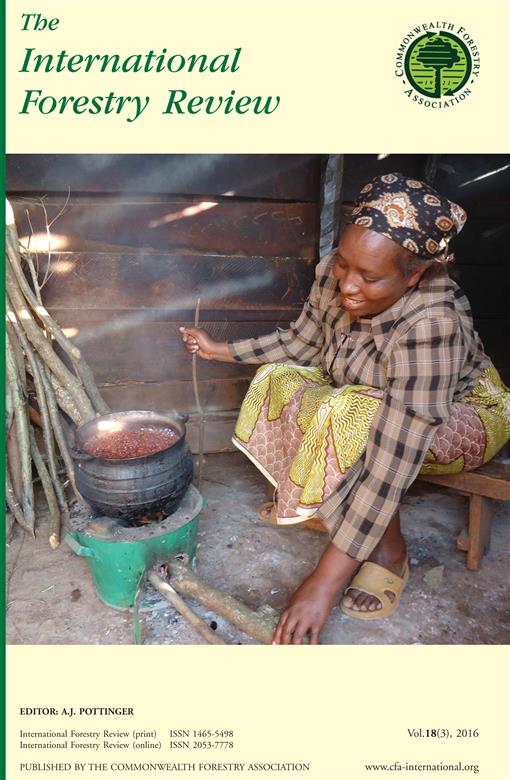This paper analyzes the distribution of powers before and after the implementation of participatory forest management (PFM) in Kenya. The paper is a case study of the Karima forest in the Central Highlands of Kenya. The study relies primarily on 34 semi-structured interviews with key actors involved in and affected by the PFM. The paper finds that the established Community Forest Association (CFA) has not been entrusted with significant powers; all powers and benefits remain with the local authority (county government). Moreover, the paper documents that the CFA offers a poor representation of the forest communities and weak downward accountability relations. Finally, it illustrates a planning process, which has weaknesses in participation and inclusiveness. Consequently, the paper suggests three areas for PFM policy reform in Kenya: (i) the role (powers) and function of CFAs; (ii) benefit sharing; and (iii) ways to make the PFM process more participatory and inclusive.
How to translate text using browser tools
1 September 2016
Implementation of Participatory Forest Management in Kenya: A Case Study of Karima Forest
S.H. Thygesen,
T. Løber,
E.M. Skensved,
C.P. Hansen
ACCESS THE FULL ARTICLE

International Forestry Review
Vol. 18 • No. 3
September 2016
Vol. 18 • No. 3
September 2016
accountability
benefit sharing
Democratic decentralization
rights




